Dress codes play a crucial role in navigating the ever-changing landscape of social and professional settings. These codes provide guidelines for appropriate attire, helping individuals present themselves in a manner that reflects the occasion and respects the expectations of the environment. However, the world of dress codes can be confusing, with its plethora of jargon and intricacies that often leave beginners feeling perplexed. This guide aims to decode the jargon and shed light on the various dress codes, ensuring that individuals can confidently dress for any occasion.
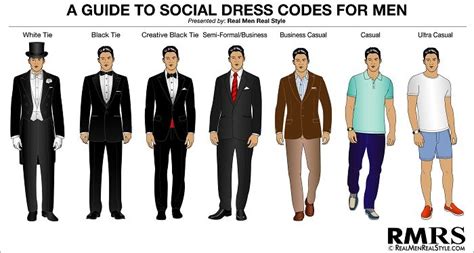
Casual attire is one of the most common dress codes, and yet it is often misunderstood. Casual does not mean sloppy or disheveled. Rather, it implies a relaxed and informal style that is suitable for events or settings where there is no specific dress code in place. Casual attire typically includes items such as jeans, khakis, chinos, skirts, dresses, and polo shirts. However, it is important to consider the context and ensure that the chosen clothing is neat, clean, and appropriate for the occasion. For example, while jeans may be acceptable for a casual dinner with friends, they may not be appropriate for a job interview or a formal event.
Business casual is a dress code commonly seen in professional and office environments. It blends elements of formal and casual attire, striking a balance between professionalism and comfort. For men, business casual typically includes slacks or khakis, dress shirts or collared tops, and optional blazers or sports jackets. Ties are generally not required, but it is always a good idea to keep one handy in case the occasion demands it. Women can opt for skirts, dresses, dress pants, blouses, or sweaters. It is important to avoid overly casual items such as t-shirts, shorts, and flip flops, as they do not align with the professional expectations of this dress code.
Formal attire, also known as black tie, is reserved for glamorous events, such as weddings, galas, and award ceremonies. Men are expected to wear a tuxedo, which consists of a black dinner jacket, matching trousers, a white dress shirt, a black bowtie, and black formal shoes. Women have more flexibility with their formal attire. They can choose from elegant dresses, skirts, or dress pants paired with dressy blouses. The key is to opt for sophisticated and refined outfits that exude class and elegance. Accessories and jewelry are usually more elevated in formal dress codes, allowing individuals to add a touch of glamour to their ensemble.
White tie is the most formal and traditional dress code, typically reserved for ceremonial or high-profile events. This dress code is rarely seen outside of diplomatic circles or royal affairs. For men, it requires a tailcoat, a white wing-collared shirt, white bowtie, black formal trousers, black patent leather shoes, and optional white gloves. Women are expected to wear floor-length ball gowns or evening dresses, often accompanied by long gloves, elaborate jewelry, and formal hairstyles. The level of formality in white tie is unparalleled, emphasizing the utmost elegance and sophistication.
Semi-formal attire, often referred to as cocktail attire, is a dress code commonly seen at evening events, parties, and weddings. Men can choose between a tailored suit in a dark color or a sports jacket paired with dress pants. A collared dress shirt, tie, and polished dress shoes complete the ensemble. For women, semi-formal attire allows for more creativity and personal style. Options include knee-length dresses, dressy skirts and blouses, or tailored pantsuits. The key is to strike a balance between elegance and flair, ensuring that the outfit aligns with the occasion.
Smart casual, a relatively new addition to the dress code spectrum, is the bridge between business and casual attire. It is often seen in work environments that encourage a more relaxed dress code. Smart casual allows individuals to express their personal style while maintaining a polished and professional appearance. Men can opt for trousers or chinos paired with a collared shirt, a blazer or sport coat, and dress shoes or loafers. Women have more freedom with their choices, including dress pants, skirts, dresses, blouses, and cardigans. It is important to maintain a neat and put-together look, combining casual and professional elements without leaning too far towards either extreme.
Understanding and interpreting dress codes is an essential skill for navigating social and professional settings. By familiarizing oneself with the jargon and conventions associated with each dress code, individuals can confidently dress for any occasion. Whether it is embracing the relaxed elegance of business casual or donning the glamour of formal attire, mastering the art of dressing appropriately ensures that individuals can present themselves in a manner that reflects their personal style while respecting the expectations of the environment.
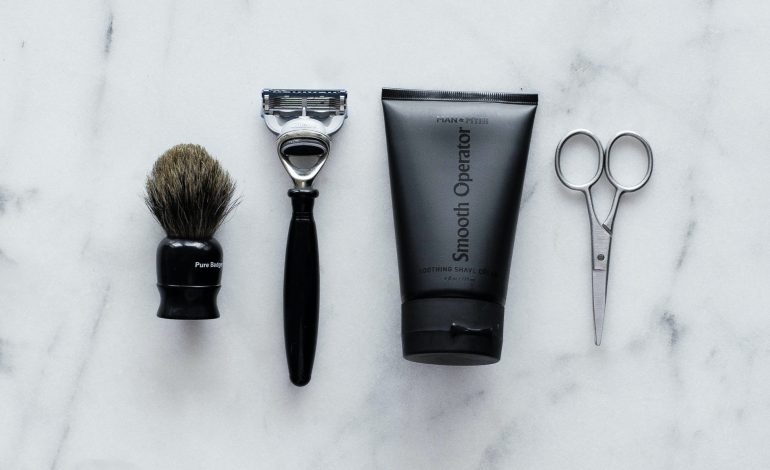
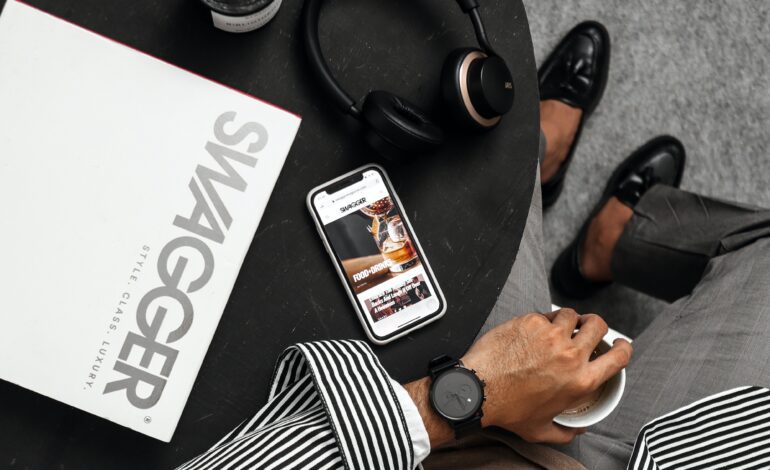


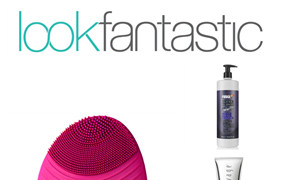
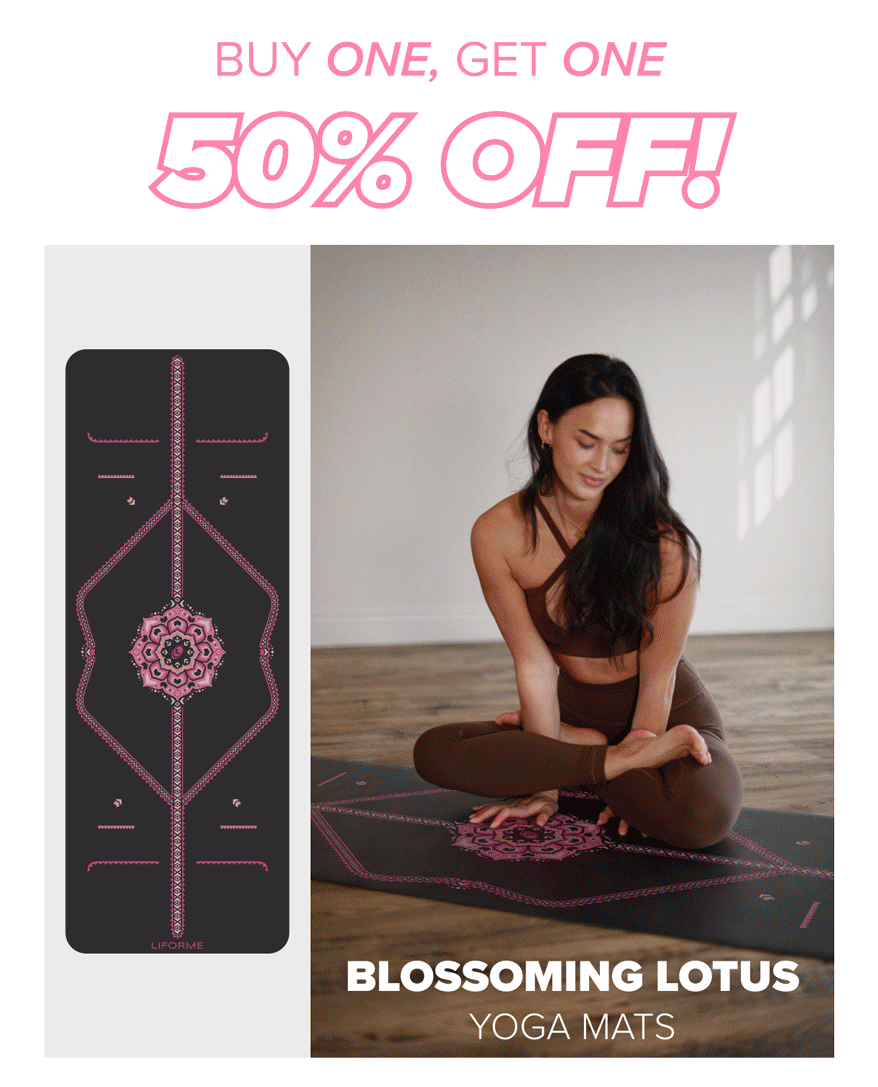




Leave a Reply